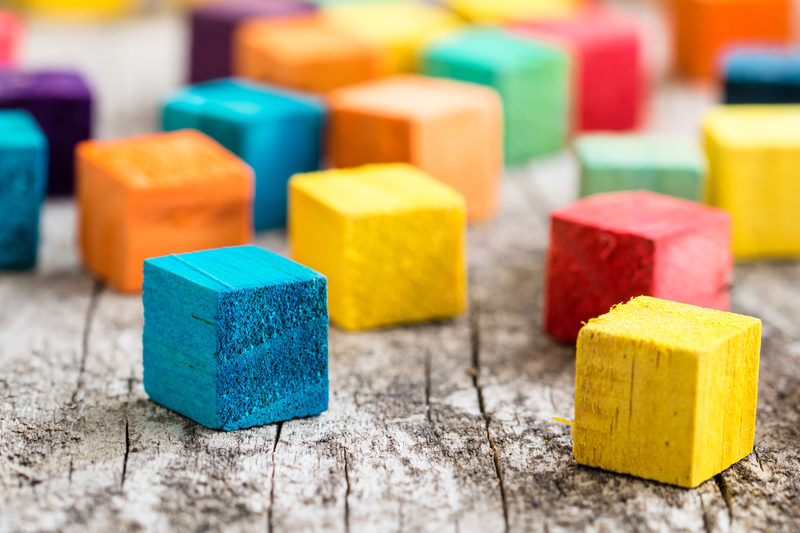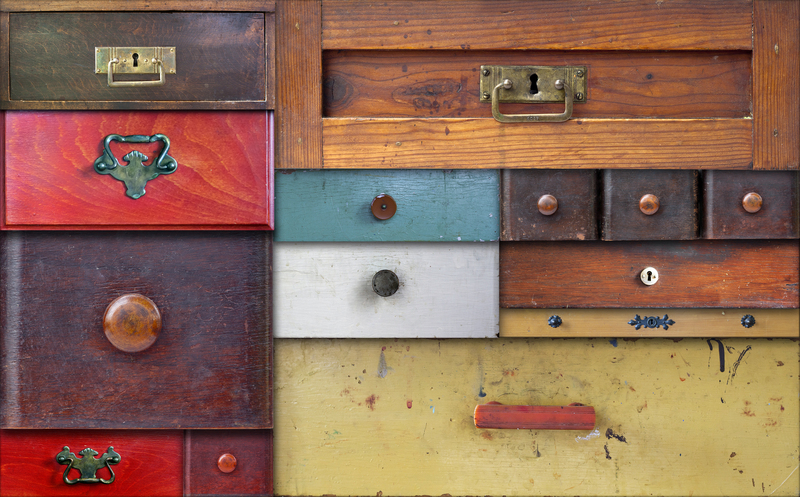Transform Plant Pot Disposal into an Easy Task: Ultimate Guide for Responsible Gardeners
Disposing of old plant pots can be a real head-scratcher for garden enthusiasts and homeowners alike. Whether you're sprucing up your balcony with fresh blooms or reorganizing the greenhouse, leftover pots start to pile up quickly. If you're searching for smart, eco-friendly plant pot disposal solutions or want to know how to recycle, repurpose, or responsibly discard plant containers, this guide covers everything. Discover how you can transform the headache of plant pot disposal into an easy, sustainable task that supports the environment and declutters your space.

Why Proper Plant Pot Disposal Matters
Many plant pots are made from materials like plastic, terracotta, ceramic, and even biodegradable substances. However, not all types are easily recyclable, and improper disposal can lead to increased landfill waste and environmental harm. By understanding your options for responsible plant pot disposal, you can make more sustainable choices and help reduce your ecological footprint.
Common Types of Plant Pots and Their Disposal Challenges
- Plastic plant pots: Widely used but often non-recyclable through curbside programs due to mixed plastics and residues.
- Terracotta pots: Made from clay, breakable, and not biodegradable, yet sometimes reusable or recyclable in specific contexts.
- Ceramic containers: Stylish and sturdy, but tough to recycle and often end up in landfills if damaged or unwanted.
- Biodegradable pots: Eco-friendly, but require correct composting or disposal to break down properly.
Easy Steps for Transforming Plant Pot Disposal
1. Understand Local Recycling Rules
Begin your journey towards simple plant pot disposal by researching local recycling programs. Many municipalities offer specialized recycling for certain plastics and ceramics, but not all. Contact your local waste management authority or visit their website to determine:
- Accepted materials in your curbside recycling
- Drop-off facilities for plastic or ceramic pots
- Community recycling events for garden supplies
2. Clean Pots Thoroughly Before Disposal or Recycling
A crucial mistake many make is tossing dirty pots into the recycling bin or giving away grimy containers. Clean all pots by:
- Removing soil, roots, and plant residue
- Washing with water and mild soap
- Allowing pots to dry completely
3. Reuse and Repurpose: Creative Ways to Give Your Pots New Life
Before tossing out old containers, consider a creative reuse. Repurposing is not only environmentally sound but can add personality to your home or garden.
- Decorative planters: Paint or decorate old pots for use as unique garden features or indoor decor.
- Storage solutions: Use small pots to store garden tools, kitchen utensils, or office supplies.
- Organizational bins: Group gardening supplies or craft materials with larger containers.
- Craft projects: Turn terracotta pots into candleholders, fairy garden bases, or children's art projects.
- Drainage layers: Break ceramic or terracotta into shards for use at the bottom of new plant pots for improved drainage.
These innovative uses keep pots out of the landfill and extend their functional lifespan.
4. Donate to Local Gardeners and Organizations
Another easy option is to donate plant pots to:
- Community gardens
- Schools and educational programs
- Nonprofit horticultural societies
- Neighbors or local gardening clubs
- Nurseries and garden centers (many recycle or refill pots)
5. Participate in Plant Pot Return and Recycling Programs
In recent years, many retailers and garden centers have introduced plant pot recycling schemes. These programs make disposal easier than ever. Here's how:
- Return used pots to participating stores for recycling or reuse
- Follow instructions on pot return bins at garden centers
- Use designated bags or crates for different sizes and materials
6. Compost Biodegradable or Coconut Coir Pots
More gardeners are turning to biodegradable and coir plant pots for sustainable gardening. To dispose of these easily:
- Cut pots into smaller pieces to speed up decomposition
- Add pieces directly to your compost pile or bin
- Ensure pots are free from synthetic liners or treatments
Troubleshooting: What to Do with Damaged or Unwanted Plant Pots
Ceramic and Terracotta Pots
Broken ceramics and terracotta can be tough to recycle. If you can't find a program:
- Break into smaller pieces for drainage material in large planters
- Use chips to mark garden paths or as mulch toppers
- Craft mosaic art projects or garden borders
Unlabeled or Unrecyclable Plastics
Some plastics (especially dark-colored or non-numbered varieties) defy most recycling programs. In these cases:
- Repurpose as reusable starting pots
- Offer to community groups or garden swaps
- Check with specialty recycling facilities for alternatives
Making Plant Pot Disposal Effortless: Proactive Tips
It's much easier to keep your pot collection under control when you're proactive from the start. Here's how to make future flower pot disposal a breeze:
- Prefer biodegradable or fully recyclable materials when buying new pots
- Label pots with the material type using a waterproof marker
- Store used pots in a clean, dry location to keep them in better condition for reuse or donation
- Establish a regular decluttering routine at the end of each planting season
- Educate family members and gardening partners on disposal options
- Participate in community recycling drives whenever possible
By planning ahead, plant container disposal turns from a dreaded, messy chore into an easy and responsible part of your gardening hobby.
Frequently Asked Questions (FAQ) on Plant Pot Disposal Made Easy
Can I put plastic plant pots in my curbside recycling?
Not always. While some communities accept labeled plastics, others reject pots due to soil residue or material types. Always check your local guidelines or drop-off locations for precise information.
Where can I donate surplus garden pots?
Community gardens, schools, local non-profits, and garden centers often take donations. Call ahead to confirm what types of pots they can use.
What do I do with cracked or broken plant containers?
Repurpose as drainage material, paving for garden paths, or in creative art and craft projects. Only discard in the trash if all reuse options are exhausted.
Are biodegradable pots better for the environment?
Yes! Biodegradable pots from coir, peat, or wood fiber break down naturally under composting conditions, reducing waste and adding nutrients to the soil.
Can I return pots to the nursery where I bought them?
Many modern garden centers offer recycling or return schemes. Ask at the store or check their website for the latest options.

Conclusion: Responsible Plant Pot Disposal is Easier Than You Think
While disposing of plant pots might appear daunting, these methods can transform it into a straightforward, sustainable part of your gardening routine. From creative repurposing and donations, to leveraging local recycling or retail return programs, there are numerous environmentally friendly options available. Start by evaluating your current stash, reach out to local facilities, and turn unused plant pots into useful objects, art, or assets for your gardening community instead of landfill waste.
Remember, every smart plant pot disposal choice you make reduces environmental impact and inspires others to follow in your green footsteps. Simplify your plant pot clutter today and see how effortlessly you can help the planet--one pot at a time!
Additional Resources for Easy Plant Pot Disposal
- RHS: Reducing Plastic in the Garden
- Gardeners.com: Plant Pot Recycling Solutions
- EPA: Recycling Basics
Ready to make plant pot disposal easy? With these tips, transform a tricky task into an opportunity for sustainability and creativity!